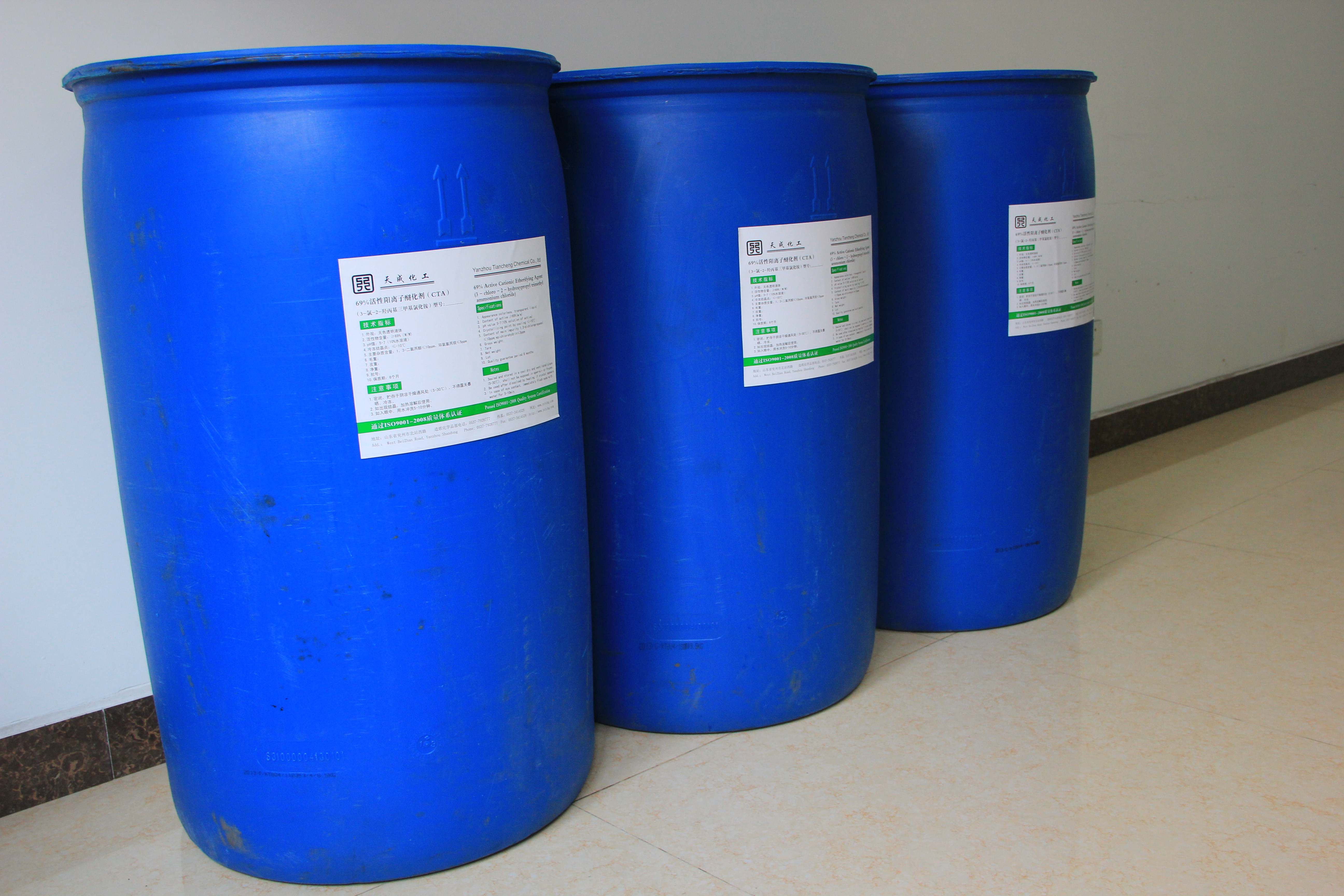Cloudy weather, rain and snow weather, lack of greenhouse light, low temperature, high relative humidity of the air, decreased photosynthetic efficiency of vegetables, and the phenomenon of falling flowers, falling buds, and fruit setting difficulties. At the same time, the root growth of vegetables is inhibited, which affects the absorption of water and nutrients. The color of stems and leaves of vegetables turned yellow and the comprehensive stress resistance decreased significantly. At this time, appropriate measures should be taken to avoid or mitigate its harm.
1. When the weather is clear, the greenhouse straw should be uncovered a little earlier than usual. This will allow the vegetable crop to adapt to the light conditions at a lower temperature, causing the pores and water holes to shrink or close. According to the weather forecast, if you are sure that you will be fine for several days in a row, you can take time to pour water on the vegetable crops.
2. Spray fresh water or nutrient solution on the vegetable crop. If the plants are found to have wilting after uncovering the greenhouse grass, the same fresh water or nutrient solution (100 times of sugar, 300 times of urea, 500 times of potassium dihydrogen phosphate 500 times) can be sprayed onto the leaves. Reduce body temperature, reduce transpiration, and supplement nutrients. Spray water can be carried out several times depending on the situation.
3. Repeatedly cover the greenhouse grasshoppers to prevent flash seedlings. After unveiling the greenhouse grass, special attention should be paid to observing it at any time. Once the plants are found to have slapped, some grasshoppers should be put down on time. After the plants recover, the grasshoppers will be rolled up. When the plants appear wilting again, the last time there is no Put down the haystacks and let go. Repeatedly so, alternately heat the ground until no more wilting occurs after all the grasshoppers are uncovered. Note that in general no temperature increase can be limited by venting. Because the ventilation will reduce the air humidity, increase the transpiration of the plant. The length of processing depends on the duration of continuous cloudy days. Generally, 2 to 3 days of continuous yin treatment can basically be restored after 1 day of treatment. For 5 to 6 days of continuous yin, 2 to 3 days are required to be processed; ~ 6 days or more.
4. Timely cultivating loose soil for vegetable crops can increase ground temperature and increase soil permeability to promote new root growth.
5. When vegetables are exposed to low temperature for a long time, the leaves are prone to shrinkage, which is caused by insufficient supply of nutrients. Don't mistakenly think that it is a viral disease and repeatedly use drugs.
6. When the vegetable seedlings appear to have a flower topping, timely remove small melons, small fruits, and topdressing quick-acting nitrogen fertilizers and appropriate watering to restore normal growth of stems and leaves.
When the temperature in the solar greenhouse is not lower than the required temperature in rainy days, it may not be covered with grasshoppers, so as to prevent the grasshoppers from affecting the insulation effect after being exposed to rain. However, if the temperature is lower than the required temperature, cover the grasshopper and cover the grasshopper with a film.
Fixative (dye-Fixing Agent)
Active Ingredient: Quaternary ammonium salt cationic surfactant
Chemical Name: Formaldehyde-free Fixing Agent
Chemical Family: PolyDADMAC
CAS No.: 26062-79-3
1.Formaldehyde-free Fixing Agent
2.Has no free formaldehyde,no peculiar smell,no irritation to skin, accord to eco request
[Description]:
Formaldehyde-free Fixative Color Fixing Agent is belongs to polymerization polyDADMAC, a cationic polymer. It can make up of macromolecular compound with dye, then achieve to improve soaping and rub fastness of fabrics. It can be used for color fixing for dyeing and printing of reactive dyed fabrics as cotton, linen, silk, and direct dyed fabrics.
[Specification]:
Appearance: Brownish yellow viscous liquid
Ionic character: Cationic
PH Value: 5-8 (1% aqueous solution)
Dissolution: Dissolve in cold water easily.
Composition: Special polymer compound
[Dilution Method]:
With 4-6 times the water and stir to dissolve dilution.
[Direction for Usage]:(To dilute finished product as an example)
A. Padding Process: 5-20g/L, temperature 40°C-60°C, PH Value:5-8, One-dip-one-nip or Double-dip-double-nip.
B. Dipping process: 1-4% (O.W.F), Room temperature 40°C-60°C, PH Value:5-8, bath ratio:1:8-12,Time: 20-30 min.
[Properties]:
1. Concentrated Formaldehyde-free Fixative Fixing Agent has good color fixing property, can obviously improve the dyeing or printing of fabric soaping, washing fastness and wet rubbing fastness.
2. Can be used for much of the association between dye fixation, anti fading property, does not affect the dyeing or printing of fabric vividness. No effect for the original feel, processing fabric has excellent hydrophilic.
3. Formaldehyde-free Fixative widely used for dyeing or printing of the direct, active dye fixing finishing, good fixation effect, especially for the red dye and Cuilan dyes, particularly prominent, fixation is better than the general Formaldehyde-free Fixative.
4. The dye PH value for a wide range, acid, alkali resistance, resistance to hard water, high temperature resistance, an environment-friendly products, does not contain formaldehyde.
|
Specifications: |
|
| Appearance: | Colorless, Transparent Colloid |
| Viscosity: | 100cps-80000cps |
| Solid Content: | 40%min. |
| PH (30% solution): |
3 - 7 |
| Ionic Nature: |
Cationic |
| Specific Gravity: | About 1.1 |
|
Package and Storage:
|

Fixative,Dye-Fixing Agent,Organic Dye-Fixing Agent,Reactive Dye-Fixing Agent
Shandong Tiancheng Chemical Co., Ltd. , https://www.tianchengchemical.com